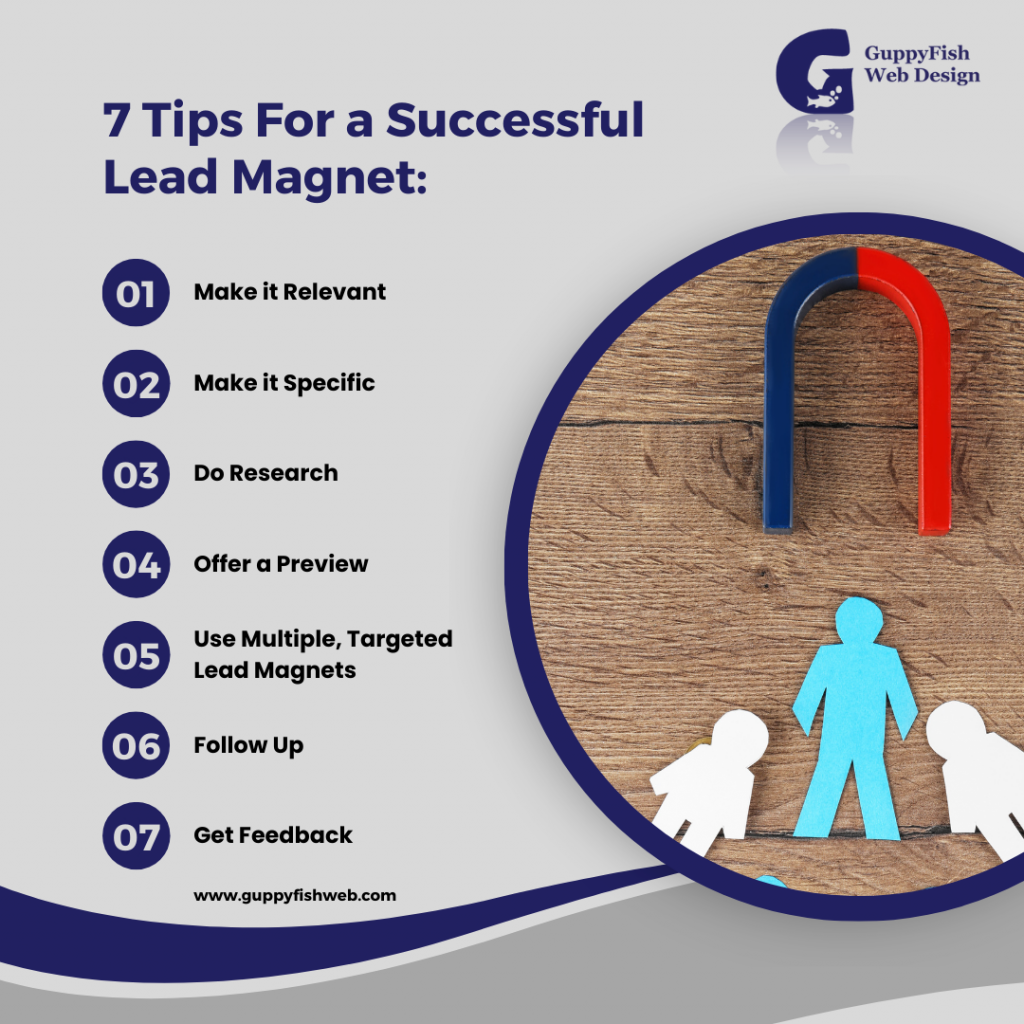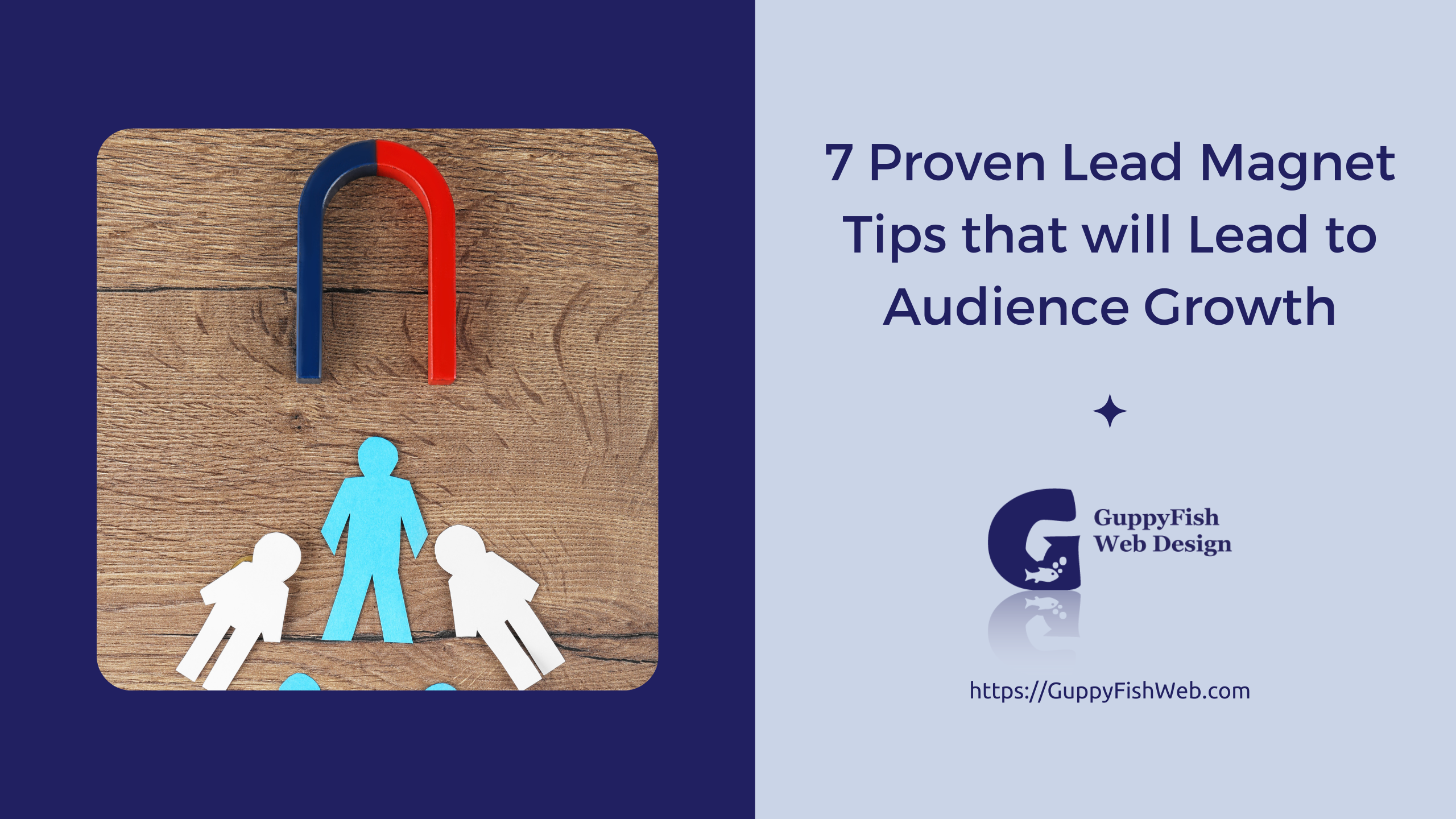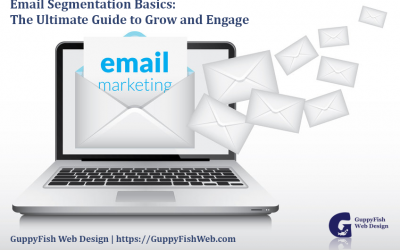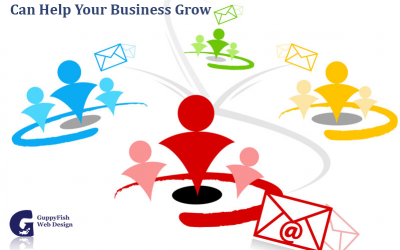Picture this… You’re surfing the web, looking for something specific. Let’s say you want to inquire about storage solutions for dorm rooms. You stumble upon a site that has a handy checklist to help with exactly what you need. Keeping with the dorm room search, it could be a checklist of what every first year student needs to pack for the dorm. In order to get it, however, you must enter your email address. You happily do so, then check your email to find the information you requested. Easy, right? You, my friend, have just succumbed to a lead magnet.
What is a Lead Magnet?
A lead magnet is something a business offers for free in exchange for a prospect’s contact information. You see them all the time, sometimes as a download or free service. Since you voluntarily gave your email address, the company can now contact you (unless you unsubscribe). Most companies understand the importance of keeping your information private and don’t wish to earn a bad reputation. Therefore, it’s rare that you would be sending your email address to a criminal’s chat room or something.
Examples include ebooks, images, checklists, and other useful information. Many times, free email courses see a great deal of success. An online store could feature a coupon code, free gift, or other special offer.

Lead Magnet Tips
1. Make it Relevant
This may seem obvious, but you want your lead magnet to be relevant to whatever brought the user to your site in the first place. If you stray too far from the search terms, your user will ignore the offer completely.
Amy Porterfield says that a lead magnet should be an “irresistible offer” that solves or addresses a problem that plagues people in your target audience.
2. Make it Specific
Try to stay away from broad topics. For example, one of the best lead magnets I ever encountered was by someone who offered services to brides planning weddings. Now, she could have offered a generic wedding checklist, but I doubt she would have gained many contacts. Instead, she featured a checklist for finding the perfect wedding dress. She found something important to brides and then zoned in and leveraged it to her benefit.
3. Do Research
What if you legitimately don’t know what your lead magnet should be? This is where research comes in. Find out what people are looking for online. Even if you’re not huge into SEO (search engine optimization), simple keyword research could offer a host of ideas. Browsing other sites and forums (even those of your competitors) could also help spark a great idea.
Still not sure where to start? Try using AI! Open ChatGPT and type “I’m a <what you do> trying to help people who <target audience>. Give me 5 lead magnet ideas for this group.” I’ve done this before. While I didn’t use exactly what it recommended, the list I got sparked a bunch of new ideas.
4. Offer a Preview
You don’t want to be a tease. Well, maybe you do in this instance. If you offer a small preview or snapshot of your offering, people will be more likely to want it. Just tease them with step one of your checklist or the first paragraph of your ebook or how-to guide and let them know there’s more where that came from. Make them want more.

5. Use Multiple, Targeted Lead Magnets
When you first get started, you should probably try just one lead magnet to get your feet wet. That’s perfectly ok. Once you’ve got the hang of it, however, you can start trying various ones on different pages. What is that page or product specifically about? Leverage the visitor’s interest in that topic to get their email information. For example, I have a blog post checklist, but I only show it on pages that talk about blogging. Additionally, I have a website report card quiz that I feature on posts about web design. If you target the precise interest of the visitor, your lead magnet will be more likely to succeed.
6. Follow Up
Believe it or not, I’ve downloaded some really great lead magnets, never to hear anything again from the business that offered it. What a missed opportunity! Once someone has given their information in exchange for something on your site, you absolutely must follow up. Worried you won’t have time? This is the perfect opportunity to employ marketing automation. You can have targeted emails already in place that send themselves over a period of time. These emails should have similar content as the lead magnet and should gently urge the user to take the next step in your sales funnel.
7. Get Feedback on your Lead Magnet
At some point, ideally as part of your automated campaign, make sure you ask the user for feedback on the content they received from you. In fact, this could be the best transition to get the person used to communicating with you. A few days after they give their address and receive the content, send an email asking how they liked it and what they gained from it. Make sure to ask whether they have any suggestions to improve it in any way. Not everyone will respond and give feedback, so don’t forget to thank those that do.
This could seriously be the most important tip. First of all, it will show the user that you care about providing quality, useful content. This is also a great introduction to your customer service and approachability.
So make sure you’re getting those lead magnets in place to grow your email list, and keep swimming along!




0 Comments